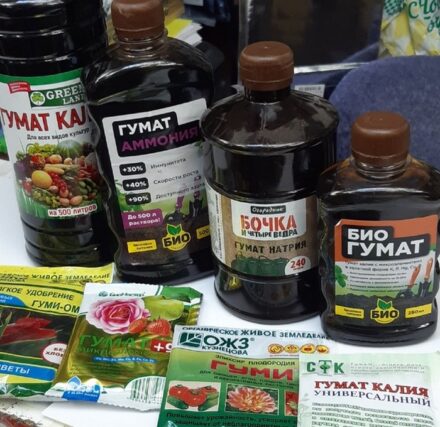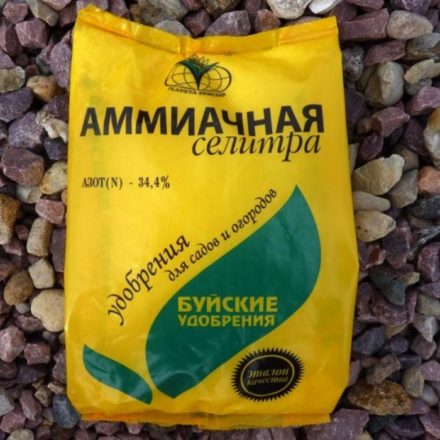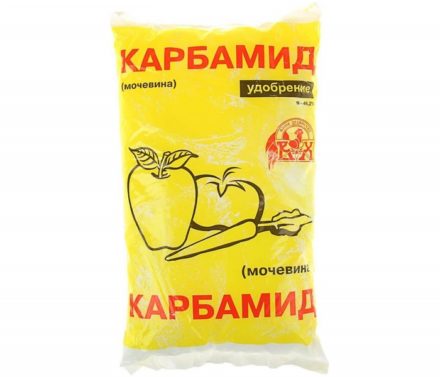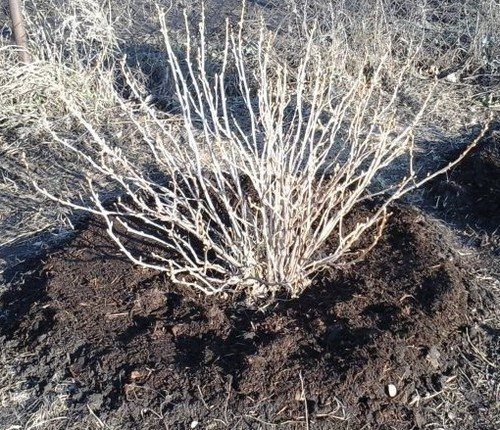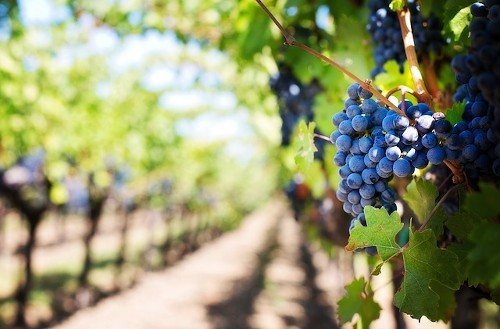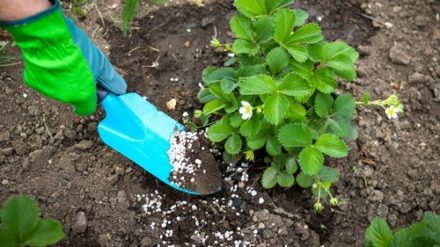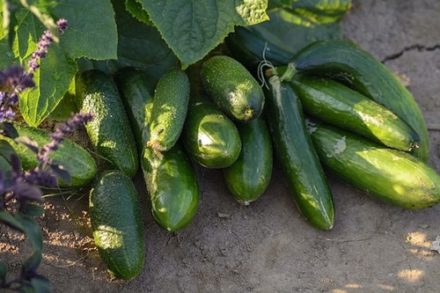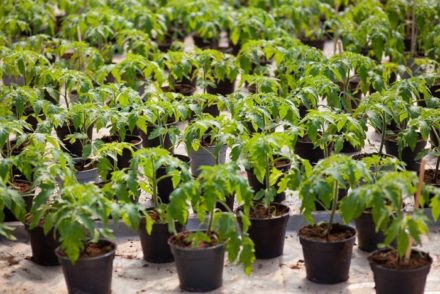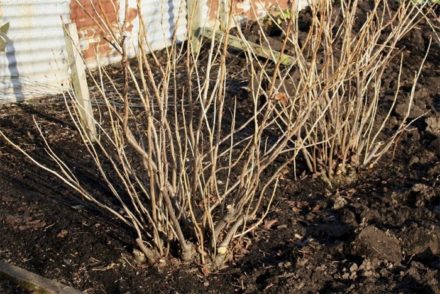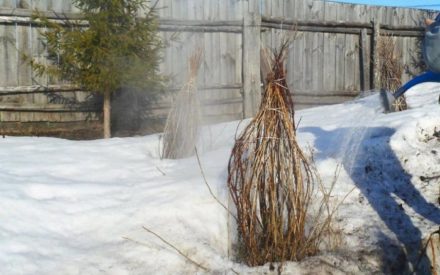Fruit trees constantly consume useful substances from the earth, spending them on their further growth. For this reason, the soil underneath loses these beneficial properties and needs to be fed in the form of fertilizers. It is best to feed plants in autumn and spring. The advantage of spring feeding is in the prime of life of a tree revived after winter, which requires supporting components for a rich harvest from fruit trees.
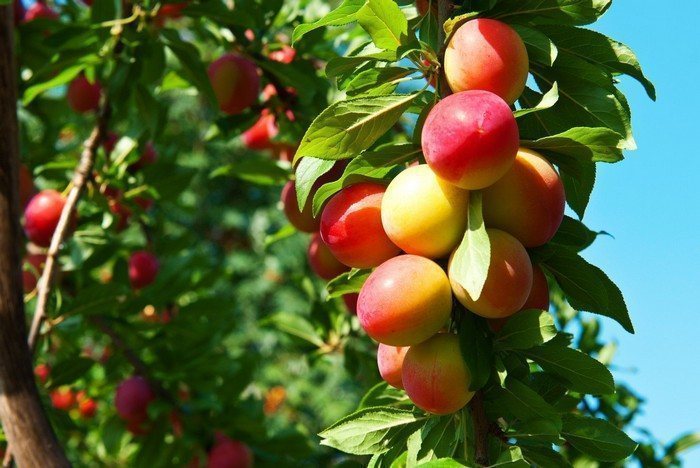
Feeding in different months of spring
The selection of fertilizer for a plant depends on the current characteristics of the surrounding climatic conditions in a given month.
In March, when the snow still lies under the trees, soluble fertilizer should be sprinkled on the snowdrifts under them. This is done so that when the snow melts, trace elements are absorbed into the soil and absorbed by the plant. The tree will need about 50–100 g of feeding depending on its age.
In April, active plant growth begins: leaves form and the flowering process occurs. During this period of the tree's life, phosphorus and potassium supplements will be most beneficial. The potassium content in the soil will promote the emergence of new shoots, and phosphorus will have a beneficial effect on the root system of the plant.
In May, the tree experiences a period of active flowering. From this month, it will be more effective to use mineral compounds and organic matter as fertilizing.And from the moment the tree begins to bear fruit, organic fertilizers with compost and manure will have a positive effect on their successful growth.
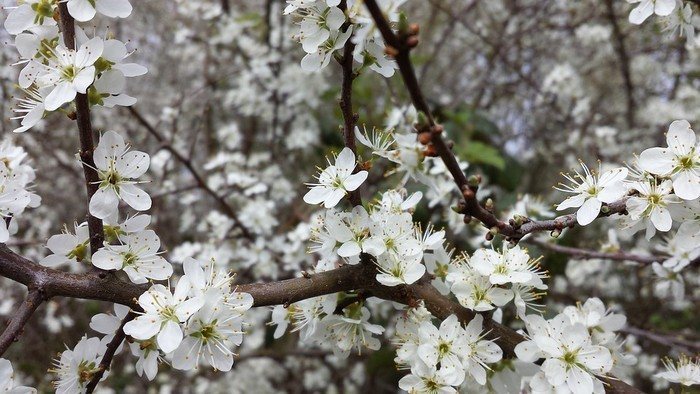
Types of fertilizers for feeding in spring
There are organic and mineral. Each of these two types has its own advantages, so you need to select them individually. Organic nutrition is natural and environmentally friendly, and also more affordable. Under its influence, the soil becomes looser and absorbs moisture better. Mineral fertilizers, when used in the correct dosage, saturate the soil with microelements—substances beneficial to the plant.
Organic fertilizers include:
- Manure - cow or horse. You should feed them carefully because it contains ammonia. By observing the proportion of 1 kg of manure per 10 liters of water, the plant will receive the ideal dose of fertilizer.
- Chicken manure contains nitrogen, which promotes the growth of green mass of the plant. It is also necessary to observe the correct proportion - 1.5 kg per 10 liters of water.
- Compost is well-rotted plant waste that will increase soil fertility and improve the absorption of useful elements by the plant.
- Wood ash is a source of phosphorus and potassium and has a protective function for the soil, suppressing rot, insects and fungi.
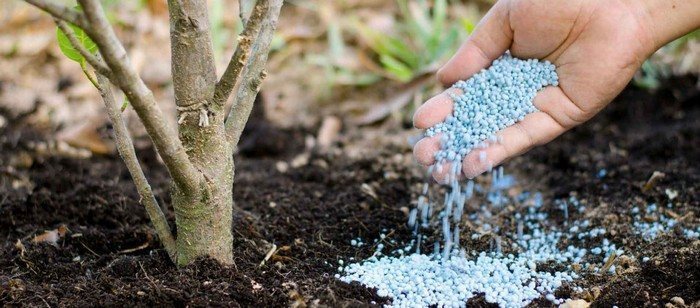
Types of mineral supplements by composition:
- Microfertilizers are fertilizers containing a complex of microelements useful for trees (iron, sulfur, boron, manganese, copper).
- Nitrogen fertilizers have a beneficial effect on the fertility and flowering of trees, and prevent diseases after winter. Contains ammonium sulfate, urea, ammonium nitrate.
- Potassium fertilizers - increase the plant's resistance to temperature changes, cold and drought. It is recommended to use a mixture of potassium magnesium sulfate or potassium salt. Contains potassium sulfate.
- Phosphorus fertilizers - strengthen the root system of the tree and promote its growth. The fertilizer is introduced deep into the soil, directly to the roots. Contains superphosphate, phosphate flour.
Experience in gardening allows you to correctly determine what type of fertilizer is needed for a particular plant. Beginners will need to know that in the first 3 years of life, the tree is not fertilized intensively, but adult plants need one and a half times more feed. The soil conditions for growing the tree are also taken into account. And the main thing is to remember that an excess of nutrients is just as destructive as a deficiency.


